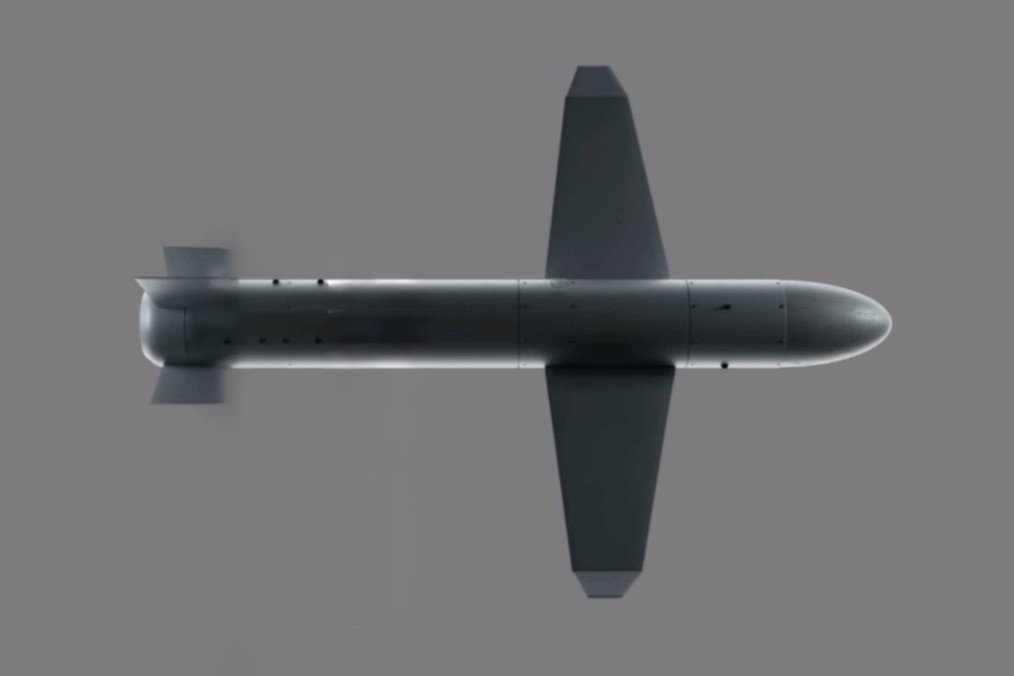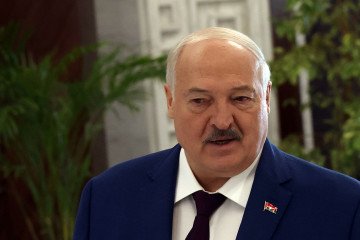- Category
- Latest news
Ukrainian Long-Range Missile Drone Could Strike Deep into Russia Without Western Approval

Ukraine has introduced a new domestically developed long-range weapon, designed to strike deep into Russian territory without needing approval from allies.
The weapon, called “Palianytsia”, which combines features of both a missile and a drone, was urgently developed due to Russia’s dominance in the skies since the Russian full-scale invasion began in February 2022.
Minister of Digital Transformation of Ukraine, Mykhailo Fedorov, discussed the new weapon in his first interview, expressing hope for its impact, stating, “I think this will be a game changer because we will be able to strike where Russia doesn’t expect it today.” Fedorov refrained from discussing the weapon’s range or current stock, citing security reasons, but noted that he has been involved in the development of domestic missiles since late 2022.
A specialist involved in the long-range missile project described the Palianytsia as “a completely new development, from scratch,” which began roughly 18 months ago. The specialist emphasized that this was not an adaptation of an old Soviet project but rather a new innovation featuring a solid-fuel booster that propels the missile, followed by a jet engine.
Both the specialist and Fedorov pointed out that each missile costs less than $1 million to produce, and there are ongoing efforts to involve the private sector to further reduce production costs. Fedorov highlighted the efficiency of the private market in generating rapid solutions, noting that private companies have become the main suppliers of drones for the Ukrainian army this year, including those used in strikes inside Russia and against the Russian Black Sea fleet.
Fedorov also emphasized that having domestically produced weapons like the Palianytsia would enhance Ukraine’s independence and confidence. He suggested that Russia’s vast size could be its vulnerability, as it would be impossible to produce enough air defense systems to cover such a large territory. “For us, this opens up the possibility of operating deep behind enemy lines,” Fedorov concluded.
Ukraine has faced significant challenges due to its inability to counter Russian long-range weapons. According to Ukraine’s Commander-in-Chief Oleksandr Syrskyi, Russia has launched 9,627 long-range missiles, with Ukraine’s defense forces intercepting only about a quarter of them. More than half of these Russian targets were civilian.
On August 26, Russia launched a massive attack using missiles and drones to target Ukraine’s electrical infrastructure, marking it one of the largest combined strikes to date. Following these attacks, President Volodymyr Zelenskyy stressed that Ukrainian “defenders of life should have no limitations on their weapons, given that Russia is using all types of its own arsenal.”
On August 24, Zelenskyy confirmed the existence of the “Palianytsia”, a weapon named after a type of traditional Ukrainian bread.
Zelenskyy described the Palianytsia as “a new class” of weapon. The same day, which marked Ukraine’s 33rd Independence Day from the former Soviet Union, saw the first use of this new weapon against a Russian military installation in occupied territory, though specific details were not disclosed.
A video released on August 25, hinted that the “Palianytsia” has a range of up to 700 kilometers (430 miles), similar to the US-supplied ATACMS. The video featured a map showing various airfields, including Russia’s Savasleyka air base, which lies within this range. The video suggested that the Palianytsia could potentially target at least 20 Russian airfields.
-ba02b3bc86f0b624f99115809a6a34d0.jpg)



-72b63a4e0c8c475ad81fe3eed3f63729.jpeg)

-111f0e5095e02c02446ffed57bfb0ab1.jpeg)
